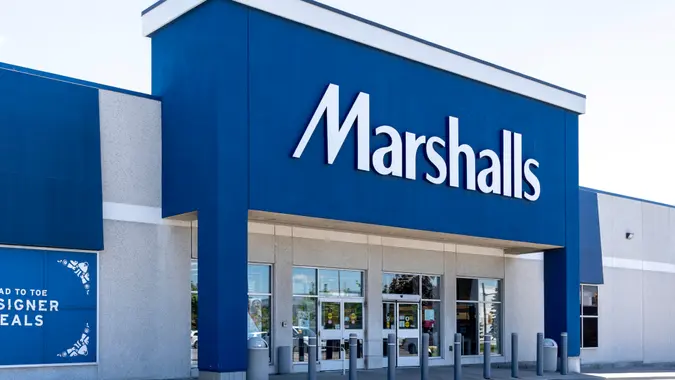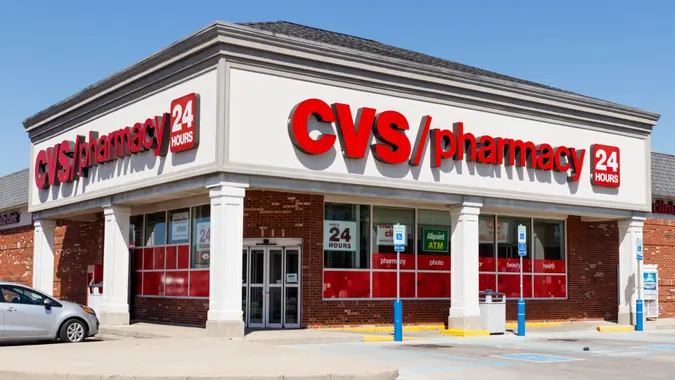6 Expenses to Factor in Your Auto Emergency Budget

Commitment to Our Readers
GOBankingRates' editorial team is committed to bringing you unbiased reviews and information. We use data-driven methodologies to evaluate financial products and services - our reviews and ratings are not influenced by advertisers. You can read more about our editorial guidelines and our products and services review methodology.

20 Years
Helping You Live Richer

Reviewed
by Experts

Trusted by
Millions of Readers
You’ve probably heard advice about having an emergency fund. It’s usually the money you set aside to cover emergent situations.
While you might think of having such a fund for healthcare or home repair situations, having one for your vehicle may be helpful. After all, lots of situations can come up with your vehicle.
According to Credit.com, it’s recommended you save at least $100 per month to cover emergency car maintenance and repairs. Here’s a look at some expenses to factor in your auto emergency budget.
Catalytic Converter
According to Ramsey Solutions, a catalytic converter repair or replacement is among the most common problems that set off your “check engine” light. And it can be quite expensive – running you more than $1,300 in parts and labor. In case you’re wondering, this part is basically the management system for emissions.
Oxygen Sensor
Right behind catalytic converters, according to CarMD, are oxygen sensors for the most common “check engine” repairs in the United States. Thankfully, this replacement is typically much cheaper than a catalytic converter. The total average replacement cost is about $253. You may find the need for an oxygen sensor about every 50,000 miles.
Ignition Coil and Spark Plug
Here’s another common but easier-to-afford expense to factor into your auto emergency budget. When it comes to replacing your ignition coils and spark plugs, CarMD noted you should be able to get it done for under $400.
Loose Fuel Tank Cap
Have you ever had a “check engine” light come on and found out the issue was a loose or missing fuel cap? You’re definitely not alone. It’s also one of the most common issues. While a missing cap can cost you in fuel economy, the fix is a quick and easy one. For an inspection and then a tightening or replacement, you shouldn’t spend more than about $30.
There is some good news here. According to CarMD, “Gas cap-related issues continue to decrease due to more vehicles having capless gas tanks or plug-in hybrid/EV options, and general consumer education that gas caps are frequent culprits when the check engine light is on.”
Fuel Injector
According to Endurance Warranty, “A fuel injector is an electronically controlled device that sprays (or injects) the proper quantity of fuel into your engine. This helps create a suitable fuel and air mixture for optimal combustion.” Unfortunately, it can be costly to replace this part. In fact, you may find it costs more than $400.
Thermostat
As you might expect, your vehicle’s thermostat helps control temperature. You might not expect it to be among the most common repairs needed when a “check engine” light comes on. You should be able to get this repair or replacement done for under $300.
As you can see, these repairs can cost hundreds of dollars or more. That’s why you may want to have an auto emergency budget, along with making car maintenance a part of your regular budget. According to Ramsey Solutions, “The number one way you can avoid big car repair bills is by making sure your car is in tip-top shape.”
More From GOBankingRates
 Written by
Written by  Edited by
Edited by 

























